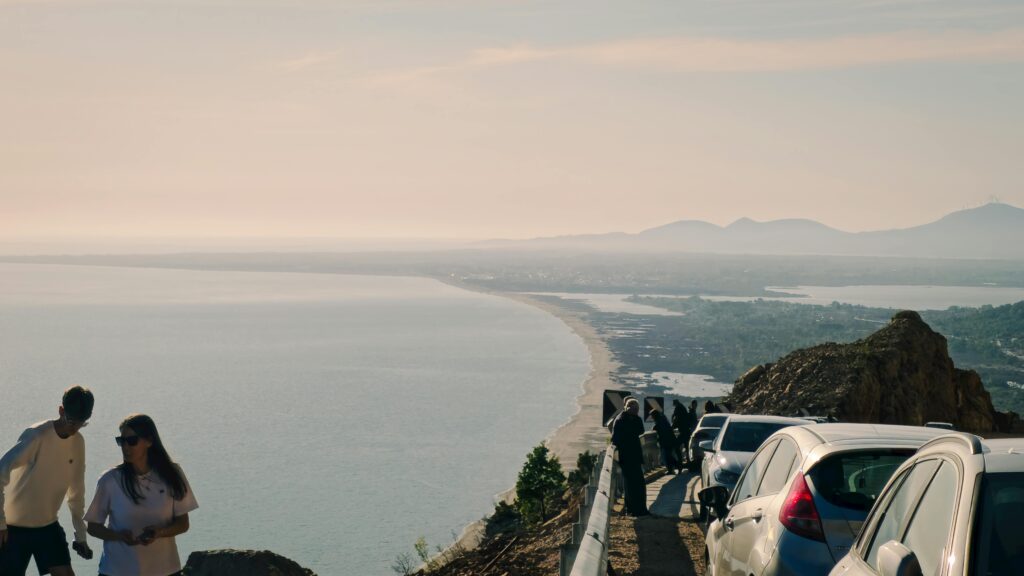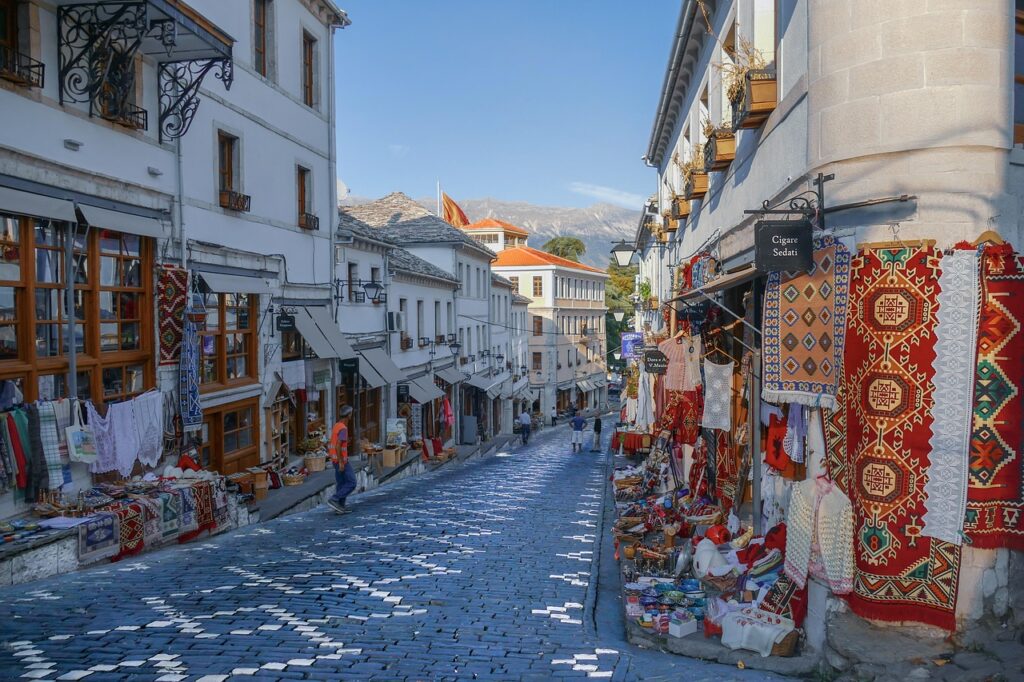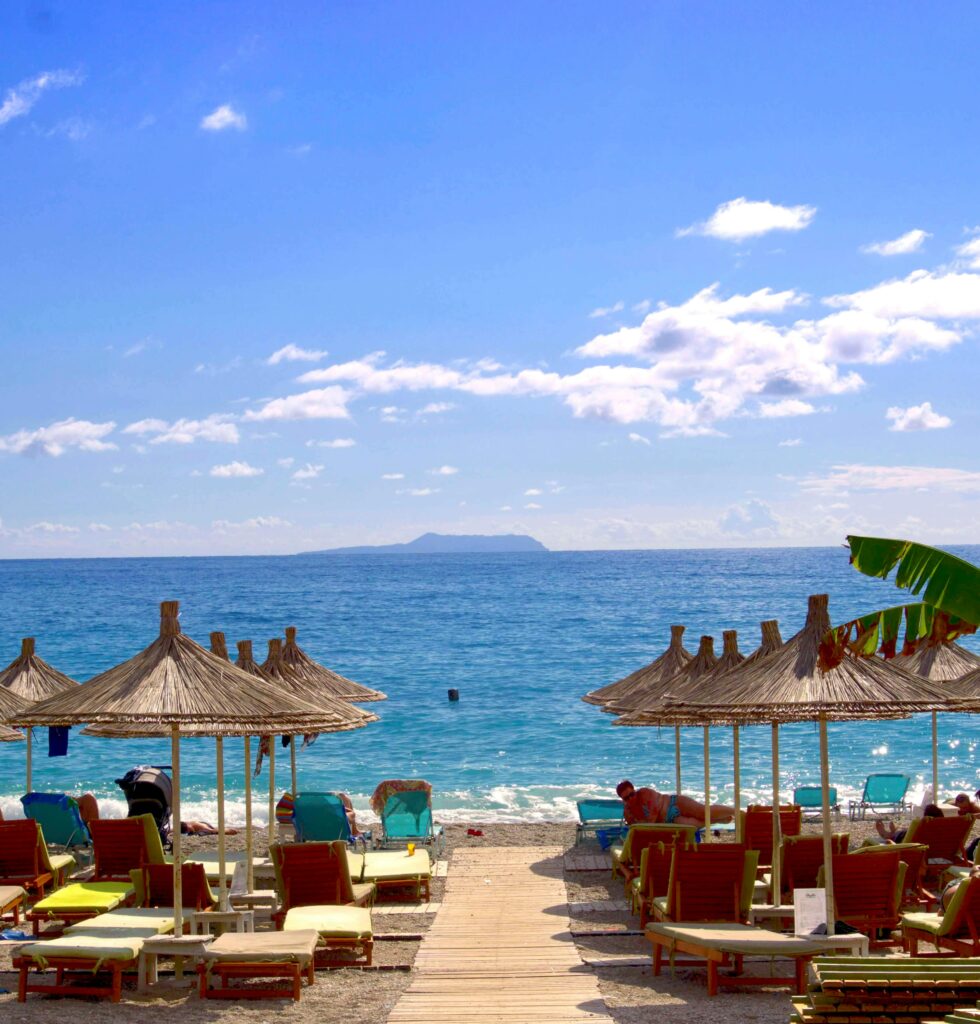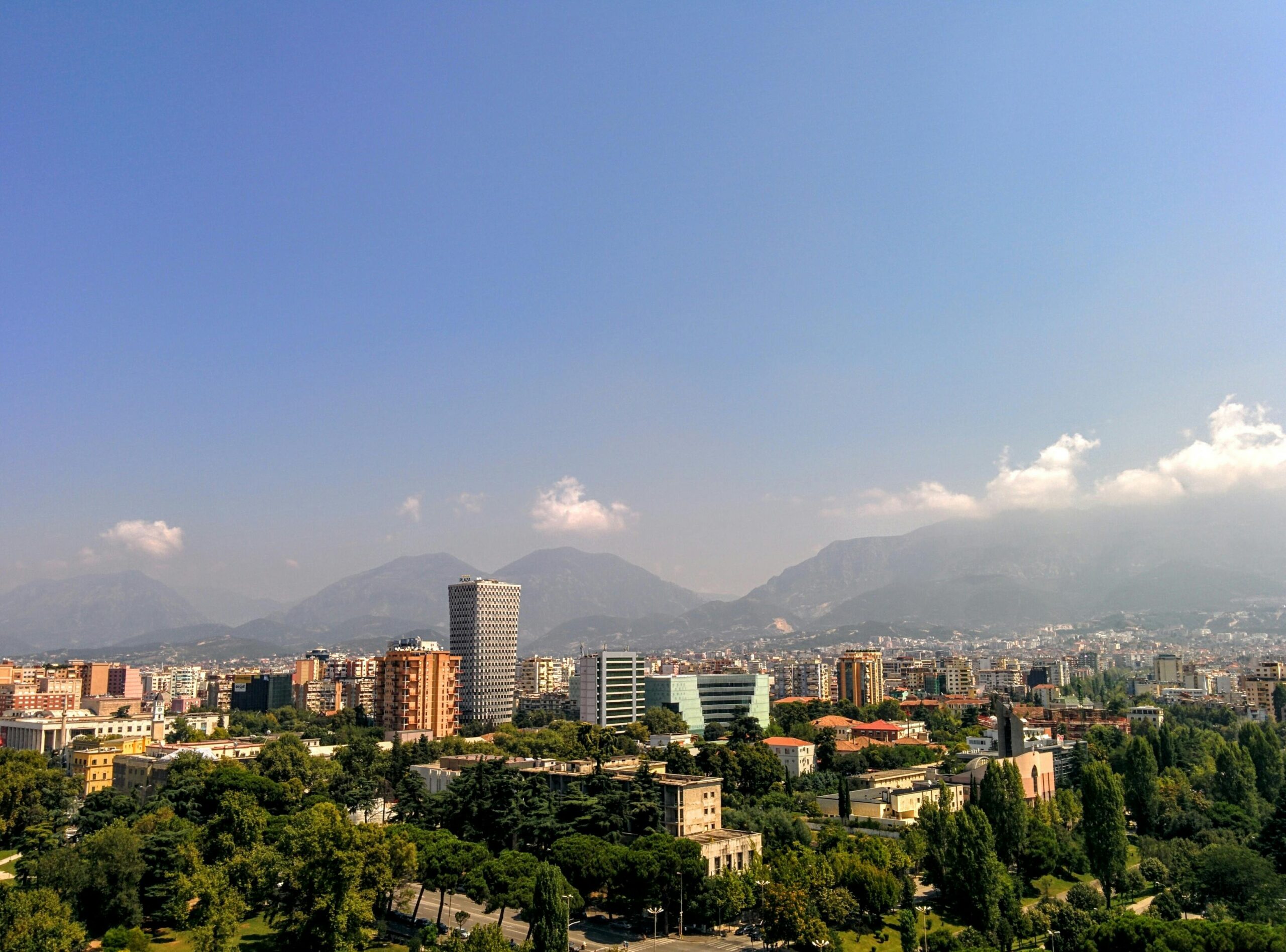Perched on the Adriatic and Ionian Seas, Albania is shedding its decades-old “off-the-beaten-path” image and emerging as one of Europe’s most dynamic travel destinations. A burst of high-profile endorsements—most notably by former President Trump and his son-in-law Jared Kushner—has turbocharged global interest, but the country’s real allure lies in its rugged mountains, Ottoman-era towns, and crystal-clear beaches. Here’s how Albania went from an overlooked Balkan state to a must-see locale, plus what savvy travelers need to know.

From Iron Curtain to Instagram Sensation
Historical Backdrop: Isolated under Communist rule until 1991, Albania’s infrastructure and international profile lagged behind neighbors like Croatia and Greece. Poverty and political turmoil kept most tourists away.
Early Turnaround (2010–2018): Moderate growth began as budget airlines added Tirana routes and hostel-style accommodations sprouted. UNESCO designations for Gjirokastër and Berat’s “white city” architecture helped, but numbers remained modest—around 2 million annual visitors by 2018.
Kushner’s Catalyst (2023): In mid-2023, Jared Kushner—on a private tour touting investment opportunities—praised Albania’s untapped potential and met with Prime Minister Edi Rama to discuss a joint-venture eco-resort near Lake Ohrid. His social-media posts, tagged #DiscoverAlbania, sparked a 25% surge in Google searches overnight and nearly doubled bookings on major platforms.
Trump’s Tornado of Publicity
Former President Donald Trump’s November 2024 stay at the five-star Adriatik Hotel in Durrës was the real game-changer. Although brief—just the weekend of a golf summit—his entourage garnered global headlines:
- Media Blitz: Trump’s flurry of tweets praising “Albania’s incredible beaches and unbeatable Balkan food” trended in 12 countries.
- Brand Cachet: The hotel reported sold-out weekends for the next six months within weeks, with Trump’s “VIP suite” now a featured package.
- Diplomatic Flair: Dinner with Rama at the coastal “Kali i Gjirit” restaurant was covered by CNN, drawing attention to Albania’s fresh-seafood cuisine and rustic vineyard estates.
What Tourists Are Discovering
- Untamed Coastlines: The Albanian Riviera—Ksamil, Dhërmi, and Himara—offers pebbled beaches and secluded bays. Boat tours to the Karaburun Peninsula’s Blue Eye spring deliver Caribbean-style waters without the crowds.
- Striking Mountains: The Accursed Mountains (Prokletije) beckon hikers with dramatic peaks and shepherd-run guesthouses. The Valbona-Theth trek, recently opened to non-local guides, is a 60-mile loop through Alpine-like valleys.
- Ottoman Heritage: Berat and Gjirokastër’s hilltop castles and whitewashed houses date back to the 13th century. Both towns now host summer music and film festivals, blending history with contemporary arts.
- Culinary Revelations: Beyond byrek (savory pies) and tavë kosi (lamb with yogurt), modern bistros in Tirana—helmed by Michelin-trained chefs—are reinventing traditions with farm-to-table ingredients.
Infrastructure Upgrades Fuel Growth
- New Highways: The 2022 completion of the Arbër Highway slashed Tirana–Pogradec drive times from 6 hours to 3 hours, opening eastern Albania’s lakes and hiking trails.
- Airport Expansion: Kukës Airport, rebuilt with E.U. funds, now handles jetliners from Vienna and Milan. Tirana’s Rinas Airport added a 24/7 terminal in 2024, catering to increased charter and low-cost flights.
- Eco-Resorts and Glamping: A wave of boutique eco-resorts—like the Kushner-backed Lake Ohrid lodge—and glamping villages in the canyon-rich Mat region offer luxury stays outside traditional hotel circuits.

Responsible Travel and Local Empowerment
Tourism’s rapid rise has risks—overdevelopment, environmental strain, and loss of authenticity. The Albanian government and NGOs are collaborating to:
- Enforce Zoning Laws: Limits on coastal construction keep wild beaches intact.
- Promote Community-Led Tours: Village-run homestays in Theth and Voskopoja ensure locals reap direct benefits.
- Invest in Waste Management: Solar-powered compactors and recycling programs in Berat and Himara reduce plastic pollution.
Frequently Asked Questions
Q: When is the best time to visit Albania?
A: Late May–June or September–early October offers warm, dry weather, fewer crowds, and sea temperatures above 70°F (21 °C).
Q: Do I need a visa to travel to Albania?
A: Citizens of the U.S., E.U., U.K., Canada, and Australia can enter visa-free for up to one year.
Q: How safe is Albania for tourists?
A: Albania ranks as one of Europe’s safest countries. Petty theft is rare; standard travel precautions suffice.
Q: What currency is used, and are credit cards accepted?
A: The lek (ALL) is Albania’s currency. Credit cards work in cities; carry cash for rural areas and small vendors.
Q: Is the water safe to drink?
A: Tap water in Tirana is generally safe, but bottled water is recommended in remote regions.
Q: Can I rent a car, or should I use public transport?
A: Renting a car gives freedom for off-the-beaten-path exploration, but mountain roads can be narrow—consider 4×4. Buses and minibuses link major towns affordably.
Q: What language do Albanians speak?
A: Albanian is the official language. English and Italian are widely understood in tourist zones.
Q: Are there any cultural norms I should know?
A: Albanians are known for hospitality. A small gift or flowers when invited to a home is appreciated; modest dress is advised in religious sites.
Q: How has Kushner’s eco-resort project progressed?
A: Groundbreaking for the Lake Ohrid lodge occurred in early 2024; the first phase—a 20-room sustainable hotel—opens in summer 2025.
Q: Will Trump’s endorsement have lasting impact?
A: While headlines fade, the combined effect of sustained government support and genuine natural beauty suggests Albania’s tourism boom is here to stay.

Conclusion
Albania’s rapid rise on the global tourism stage is no mere flash in the pan. A confluence of high-profile endorsements, strategic infrastructure investments, and authentic cultural experiences have transformed it into Europe’s next hot destination. Whether tracing ancient fortresses, hiking unspoiled mountains, or soaking up turquoise-blue coves, visitors to Albania will find a country that rewards curiosity—and whose journey from obscurity to stardom is just beginning.
Sources The New York Times


